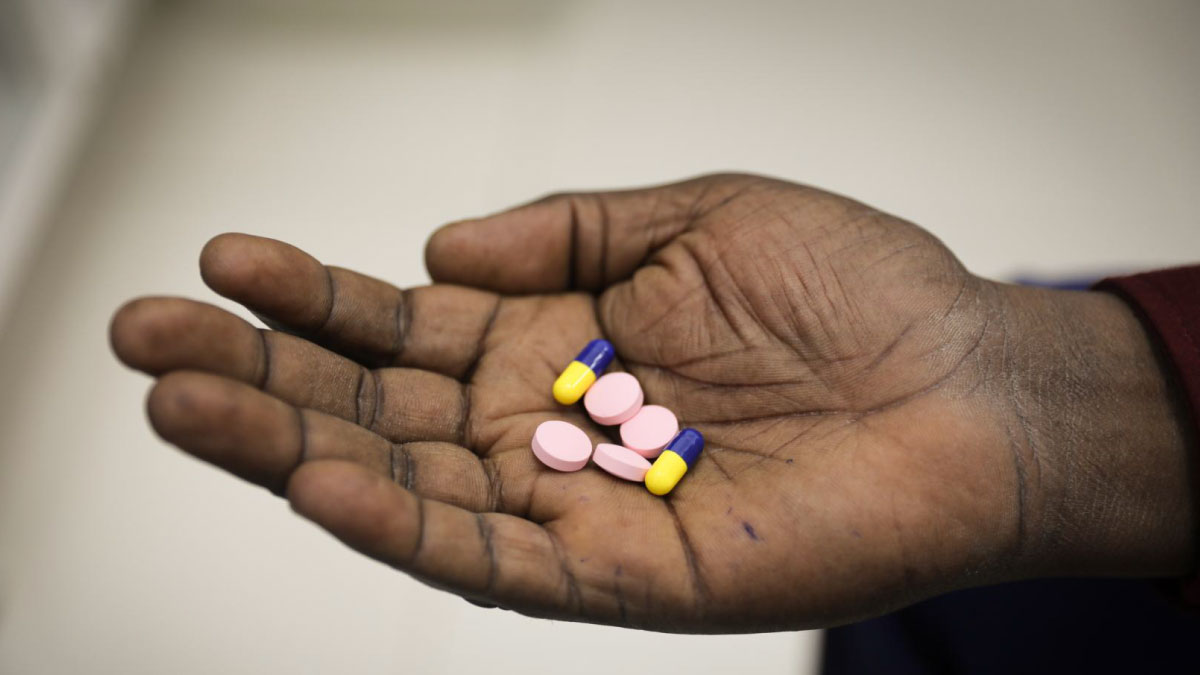Three reports show how Ethiopia, Kenya and Uganda can broaden their investment incentives to capture the special needs of antibiotics production.

© WHO | Lack of access to antibiotics is acute in developing nations, especially in least developed countries.
As World Antimicrobial Awareness Week is marked from 18 to 24 November, UNCTAD has launched three advisory reports spelling out how pharmaceutical companies, governments and procurers can ensure appropriate access to antibiotics in East Africa.
The studies recommend ways to improve the investment landscape for local production of essential antibiotics in Ethiopia, Kenya and Uganda.
Antibiotics are essential due to concerns over antimicrobial resistance (AMR), which occurs when microbes evolve to the point where antibiotics are no longer effective. As a result of this drug resistance, infections spread and become harder to treat.
Estimates show that in 2019 alone, about 4.95 million deaths were associated with AMR and more than 1 million people died due to antibiotic resistance. By 2050, the death toll could rise to 10 million deaths per year.
Tackling lack of access to antibiotics
“It is imperative that every patient has access to the right antibiotics at the right time, no matter where they live,” the reports say.
Lack of access to antibiotics is acute in developing nations, especially in least developed countries, where antibiotics are often not even registered by pharmaceutical companies with national regulatory bodies, preventing entirely their access.
Since 2020, UNCTAD has implemented a project on investment incentives for local production of essential antibiotics in East Africa.
The project has helped countries tackle this problem by supporting them to broaden their investment incentives to capture the special needs of antibiotics’ production.
UNCTAD has provided, in partnership with the East African Community, technical assistance to the governments of Ethiopia, Kenya and Uganda to review the state of domestic production of antibiotics, assess the investment framework and identify proposals to improve production and sustainable supply of antibiotics.
How to boost local production capacity
The three reports provide analysis and policy recommendations on how each country can boost local production capacity. Some common policy directions emerge from the reports.
Firstly, they call on each country to enhance sector-wide incentive system through product-specific incentives. According to the reports, the three countries have put in place relevant policies, strategies and investment incentives to promote pharmaceutical production in the region.
But none of them has specific incentives to promote antibiotic production. Given the specific threats related to the risks of infections and AMR, this would be a desirable development.
Prioritize a regional approach
Secondly, the reports emphasize the regional approach to reduce costs and expand markets. The long-term sustainability of the business model for local production of antibiotics depends on the possibility to scale volumes and leverage economies of scale.
Regional integration can be highly instrumental to achieve this by expanding markets and reducing production costs. It can help build regional value chains, facilitate specialization and business-to-business linkages, with benefits for all participant countries.
Pharma-focused special economic zones to generate efficiencies and create clusters of local small and medium enterprises are important parts of the policy menu.
Promote foreign investment
Thirdly, the reports call for support to the contribution of multinational enterprises through the promotion of foreign direct investment (FDI). This contribution is key to the promotion of local pharmaceutical production.
Local pharmaceutical manufacturers, including of antibiotics, require several inputs from abroad – including raw materials, factors of production, know-how and technology – which multinationals are well positioned to access.
Government policies aimed at boosting local production of antibiotics should prioritize FDI promotion. Prospects of market expansion through regional integration may also be a driver for multinationals’ investment decisions.



